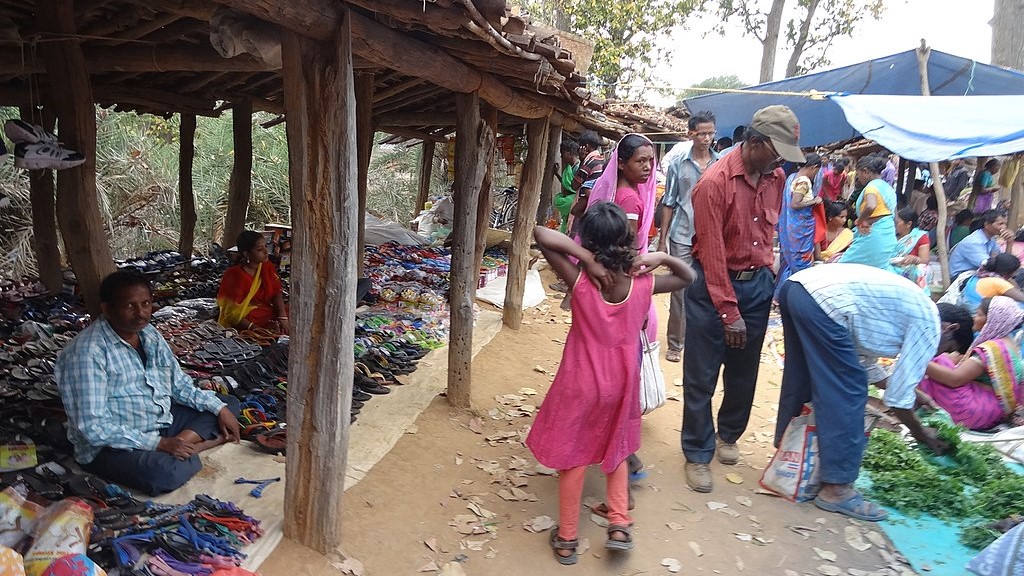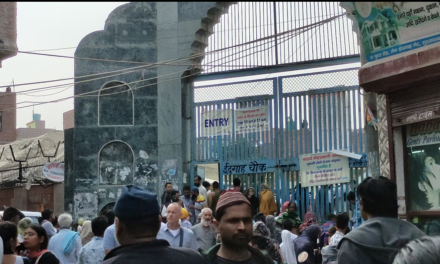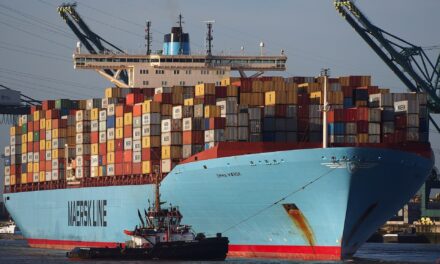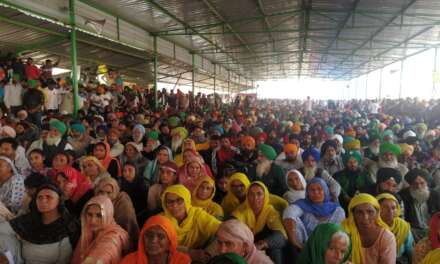Data confirms an acute demand crisis in rural India and beyond.
by Ranjini Basu
[Note: This article originally appeared on Newsclick on 14 September 2019]
Finance Minister Nirmala Sitharaman’s latest statement on millennials contributing to the auto industry slowdown by shifting their preferences—choosing Ola or Uber ride-booking services instead of buying cars—is feeding many a meme on social media.
Even before her statement, sections of industry and the banking sector had been pushing this argument. Not just private banking giants, such as Uday Kotak, but even public sector banks are toeing the same line as the Finance Minister.
The largest public-sector lender, State Bank of India, said in its weekly bulletin, Ecowrap, published on August 27, in the context of the fast-moving consumer goods (FMCG) sector that the slowdown could be related to a “change in preferences of customers towards more healthy options of biscuits and snacks”.
Such reasoning is an attempt to take attention away from the deep-seated demand crisis that our domestic economy is swathed in. A closer look at the data on consumption patterns of rural India leaves no scope to keep our eyes closed as a structural crisis takes its toll on a very wide section of the country’s economy.
One key indicator of rural consumption—and, therefore, economic conditions in rural India—is the sale of two-wheelers. Unlike in urban India, people in rural areas have no access to Olas and Ubers. According to Census 2011, of all households that own a two-wheeler, 46% reside in rural parts of the country, as opposed to only 33% of car owners.
The Society of Indian Automobile Manufacturers (SIAM), an auto industry lobby group, recently said that sales of two-wheelers declined14.85% between April and August this year. The fall was even higher in the case of scooter sales (17.01%) and mopeds (20.39%). Scooters and mopeds happen to be the most preferred vehicular asset in the countryside.
Data collected by the Tractor Manufacturers’ Association of India (TMAI), which represents the interests of tractor manufacturers, shows that tractor sales declined13.1% in July this year, compared with sales in July 2018. Indeed, tractor sales had picked up in the post demonetisation period, over 2017-18, which is largely attributed to the farm loan waivers that several states had announced. A deficient monsoon season, clubbed with a continuing agrarian crisis, and now the slowing down of the economy on the whole, have dented tractor coverage in an already sparsely-mechanised rural India.
Rural households have retracted from buying basic essential items, such as clothing, during this slowdown. The SBI bulletin reports that the contribution of clothing in the rural consumer price index (CPI) fell from 39 basis points to zero between July 2018 and July 2019. In other words, rural households have practically stopped investing in basic necessities, leave alone items that are considered luxury.
Figures for sales of commercial vehicles are revealing in the context of the present slowdown. Sales of medium and heavy vehicles (HMVs), which includes trucks, fell 28.98% over the April to August quarter of 2019, as compared to the same period last year. The sale of light commercial vehicles (LCVs) declined 12.7% over the same period.
This declining trend in sale of commercial vehicle though, is part of the overall slump in the automobile sector. It is symptomatic of a domestic demand crisis and the figures show that it is also part of an all-encompassing structural crisis unfolding across the country.
However, the present crisis is not untouched by global factors such as the ongoing tariff wars between the United States and China. Commercial vehicles play a double role of transporting raw materials, primarily agricultural produce, from rural mandis (wholesale markets) to urban markets and factories. They also carry industrial and commercial goods from factories into the hinterlands.
That there is an overall slowing of movement and supply of goods in the economy reflects in the falling sales of trucks. According to data from the Indian Foundation of Transport Research and Training (IFTRT), there was a 25% to 30% reduction in goods cargo leaving factory gates at most industrial clusters. The lack of demand has led retailers to confine their stocks, contributing further to the lack of movement of goods.
IFTRT said on September 3, 2019, while reporting performance of the trucking industry during August, that truck rentals were down 2% while truck sales had fallen 45%. It also says, “Let us keep our fingers crossed as everything hinges on the economic revival plan of the Government of India, which unfortunately is groping in dark by doing piecemeal patchwork.”
Of course, much in the news is the slowdown in the FMCG sector. FMCG companies that produce food, home care and personal care goods, which have a larger rural base of customers, have witnessed reductions in their volume growth on a year-on-year basis. Hindustan Unilever Limited, which has brands such as Lifebuoy, Pepsodent and Sunsilk had a 5% volume growth during the first quarter of 2019-20. It had achieved 12% growth during the same quarter last year. Dabur, another FMCG company, which has vastly expanded its rural market presence in recent years, registered a fall in volume growth from 21% in the first quarter of 2018-19 to 9.6% in first quarter of this year.
The growth of the FMCG sector in rural India came in the aftermath of demonetisation. The reason was that the phasing out of nearly 90% of currency notes in late 2016 had eliminated most of the informal sector, which got people to shift to the formal market even for basic supplies. At the same time, the intensity of the present demand crisis might have outpaced the gains made by these companies in previous years.
A contributing factor to this slump in aggregate demand is the deep agrarian crisis, where still resides the overwhelming majority, (65.97% in 2018, World Bank figure) of the country’s population. With falling incomes from agriculture, households have to cut back on their consumption. The countryside, however, is a site of social and economic inequalities and differentiated rural classes.
Manual labourers belong to the lowest strata of the rural social hierarchy and they are facing the brunt of the crisis. Along with a fall in available employment-days, rural wages are growing the slowest in recent times. The real wage growth adjusted to the CPI (Rural) for labourers plunged from 14.6% in 2014 to a meagre 1.1% in the current financial year, according to SBI research.
Data on Wage Rates in Rural India, published by the Labour Bureau, further shows that women agricultural labourers are faring worse, receiving only four-fifths of the wages that their male counterparts receive for harvest and post-harvest operations. Rural wage-rates have been decelerating since 2014-15.
The Gross Domestic Product estimates released by the National Statistical Office of the Government of India for the first quarter of 2019-20 (April- July), shows that the agriculture, forestry and fishing sector had a declining growth rate of 2% at constant prices. The growth rate of the sector for the first quarter of the last year was 5.1%. This is another serious worrying sign, for it can perpetuate a decline in farm incomes of rural households, further constricting demand generation in the home market.
India is known for notable levels of hunger and malnutrition and its consumption figures reek of inequality and deprivation. It is preposterous to justify an economic slowdown in terms of changing customer preferences. In order to tackle the economic slowdown, it is essential to realise that deficient demand in the rural economy is central to the present crisis.
The agrarian crisis—which perpetuates the demand crisis—has roots in neoliberal reforms pursued by successive governments at the Centre. Addressing the slowdown certainly needs efforts to raise household income, more investment in employment-generating sectors and striking a blow against the widening inequalities in rural India through redistributive measures. Until then, this period of severe hardship for the largest sections of working people of this country, will stay and could even get worse.
[URL of original article for citation: https://www.newsclick.in/Slump-in-Market-Economic-Slowdown-Nirmala-Sitharaman]










